The 2021 NFC Championship between the 49ers and Rams marks 40 years since the 1981 NFC Championship.. U.S. Senator Dianne Feinstein and groundskeeper George Toma shared memories of getting Candlestick Park ready for the game on our football history podcast.
Candlestick Park Drainage Problem
Candlestick Park’s playing field took a lot of criticism in the late 1970s and early 1980s. Players called the field “The Quag” – shorthand for quagmire. The San Francisco 49ers shared the stadium with major league baseball’s San Francisco Giants. The combination of a dirt infield and a drainage issue often left Candlestick Park a muddy mess. The field stood as a concern going into the 1981 NFL playoffs.
“By the end of the 1981 regular season the field was a mess,” Senator Feinstein stated for The Game Before the Money Podcast. “I told the Parks Department the grounds crew had to get it right for this biggest of playoff games.”
At that time, Dianne Feinstein was the mayor of San Francisco. NFL groundskeeper George Toma said that she got deeply involved with field preparations for the 1981 NFC Championship Game. “It rained every day,” Toma remembered. “She’d be down on that field with a raincoat, her rain hat, and boots trying to help us.”
Super Bowl Groundskeeper
George Toma worked as the groundskeeper for every Super Bowl from Super Bowl 1 through Super Bowl 55. He also worked as the groundskeeper for the 1981 NFC Championship Game. That game was made famous by “The Catch” – a late touchdown pass from 49ers quarterback Joe Montana to receiver Dwight Clark. The score gave San Francisco at 28-27 lead over the Dallas Cowboys.
The Cowboys and 49ers owned a history of facing each other in the NFL playoffs. Until 1981, the Cowboys won all of their previous playoff meetings. Dallas held a lead until the final minute of the 1981 NFC Championship. Clark made that famous leaping touchdown grab in the final minute.
Groundskeeper George Toma, however, had already left the stadium. He went back to his hotel to get ready to leave for Pontiac, Michigan, to prepare the Pontiac Silverdome for Super Bowl 16. He watched the storied touchdown on television. You can hear him share the story of seeing the touchdown on the sports history podcast.
Embed from Getty ImagesSan Francisco 49ers and Kezar Stadium
The 49ers played the New York Giants in the 1981 NFC Division Playoffs. Toma had been called in to improve Candlestick’s field for that game, but only had a very short time frame with which to work.
He had a whole week to prepare Candlestick Park for the 1981 NFC Championship Game. Toma wanted to resod the field but had a difficult time finding a sod company that could provide grass cut to the length and width he needed.
“Finally, we decided to take the sod from Kezar Stadium,” Toma said on the podcast.
Kezar Stadium was the home of the San Francisco 49ers from 1946 through 1970. The final NFL game played at Kezar Stadium was the 1970 NFC Championship Game between the Dallas Cowboys and the San Francisco 49ers. The Cowboys won the 1970 NFC Championship, 17-10.
Embed from Getty ImagesAbove: Photos from Kezar Stadium through the years.
1981 NFC Championship Game Backstory
One backstory to the 1981 NFC Championship is how San Francisco came together as a community to prepare Candlestick Park for the historic game. Toma said that many people deserved credit.
“Like I say, Mayor Dianne Feinstein and Barney Barron, the head of the San Francisco Parks and Recreation department, thinking and getting together to take the old sod out and we did that and put it in and everything went great. So don’t give me the credit. Give the credit to the people that made it happen.”
Senator Feinstein added, “Not only did the (Recreation and Parks) department throw all the staff they could at the problem, Supervisor Quentin Kopp, an avid fan, rounded up volunteers to walk on the field during the game to stomp down any divots.”
Although football fans know the iconic names of Bill Walsh and Joe Montana, and the famous catch by Dwight Clark, along with the exceptional defense of players like Ronnie Lott and Keena Turner, few people knew that scores of people worked long hours behind the scenes to lay the groundwork for history.
Embed from Getty Images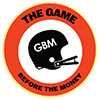
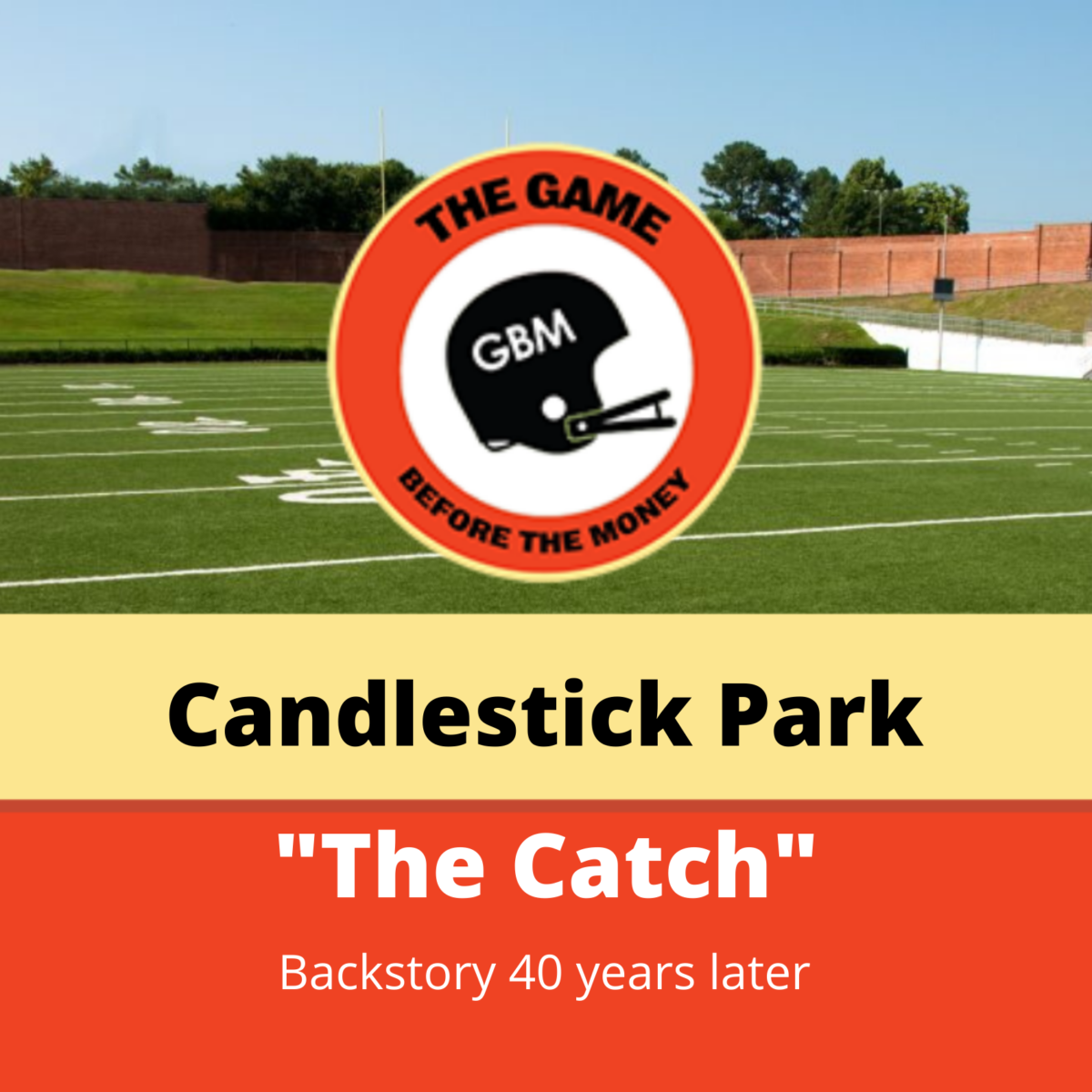
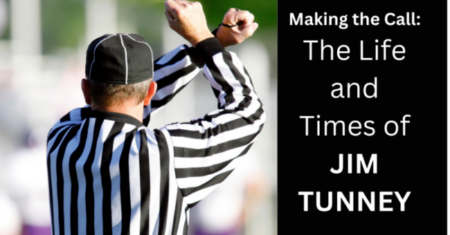
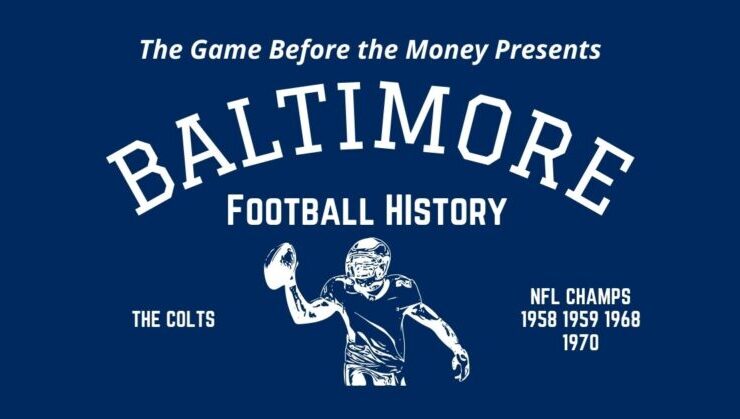
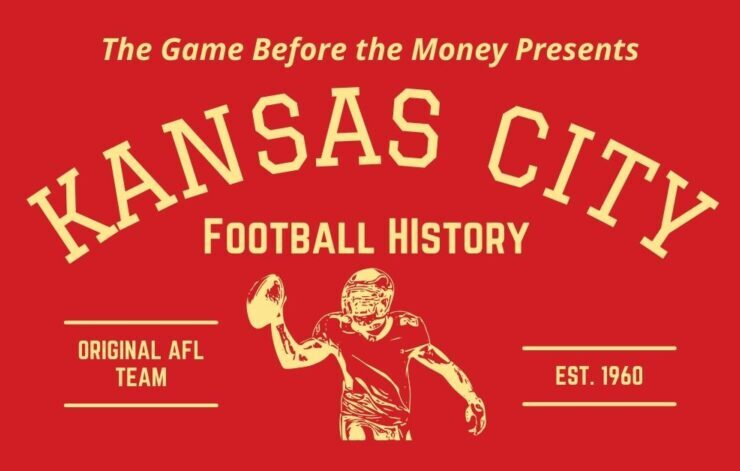
Permalink
Permalink
Permalink